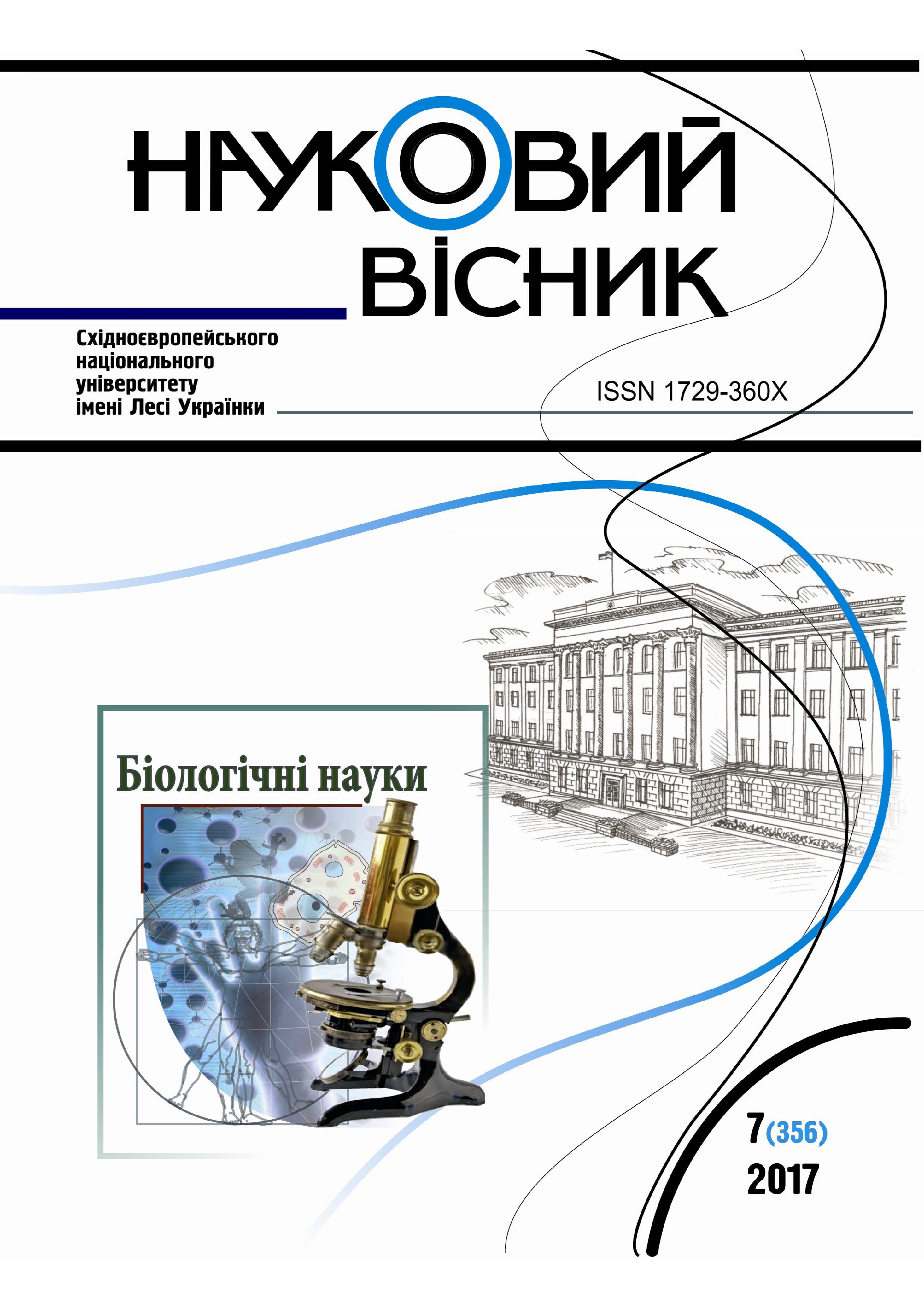Phytocenotic Stability and Photosynthetic Performance Agrocenosis Triticosecale Under Different Fertilizing Systems
DOI:
https://doi.org/10.29038/2617-4723-2017-356-7-72-80Keywords:
winter triticale, sort AM-52, performance, fertilizing, photosynthetic potential, productivityAbstract
In the article the formation processes of plant productivity winter triticale varieties AM-52 depending on the different systems of fertilization. For a more complete description of physiological foundations of productivity agrocenosis triticale phytocoenotic studied the stability and productivity of crops assimilation system, including chlorophyll (a + b) and carotenoids. Found that of winter triticale fitoсompetitive have high capacity, efficient management which is done by optimizing crop nutrition through integrated use of fertilizers. Number of weeds in crops of triticale controlled fertilization system. When mineral system with elements biologization number of weeds decreased to 20,4 pc / m2, which is associated with greater weight increase of aboveground plant triticale and suppression of weeds. Systems for fertilizing promote intensification of crop production process, manifested in the formation of the efficient assimilation system with a longer period of operation. Detected close correlative relationship between the photosynthetic capacity of crops (r = 0,87), net photosynthetic performance (r = 0,82) and productivity of crops. Applying fertilizer in pure form and in combination with elements biologization boosted leaf photosynthetic capacity of 7,4–11,4 %. Mineral and complex system of fertilization systems provide increased chlorophyll (a + b) and carotenoids 18,3–22,7 %, which indicates an increase in the protective function of plants, especially in extreme drought conditions. The average yield of winter triticale research for years was 26,5 kg / ha. Increases yield for one-component system composed fertilizer 6–8 kg / ha, alternative – about 16 kg / ha, ie a combination of mineral fertilizer system
with secondary plant products allowed to increase the productivity of this crop of 1,6 times.





